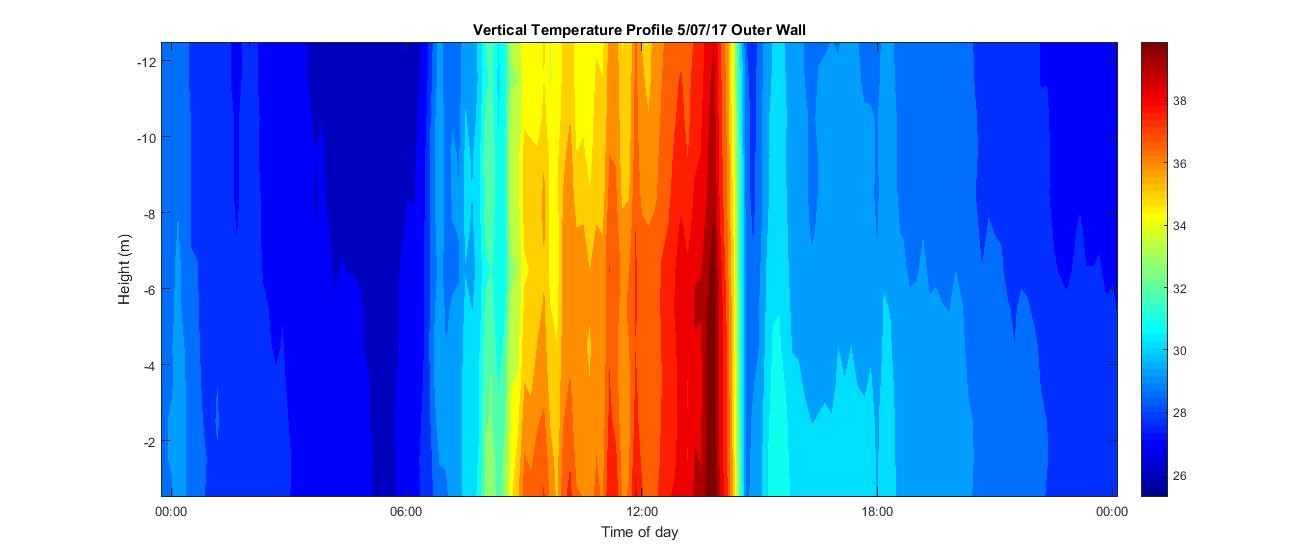
Fibre optic cables installed to the Flinders at Tonsley roof and a University building in China are conducting a novel kind of experiment.
It has nothing to do with NBN delivery but is being used by Flinders environmental scientists Associate Professor Huade Guan, Dr Margaret Shanafield and Honours researcher Hugh Verall – and students at Fuzhou University – to measure ‘heat islands’ in city environments.
“Most people associate fibre optic cable with phone and internet access, but an advantage of fibre optics is that a certain type of light scatter within the cable is also temperature sensitive,” says Dr Shanafield, who is based at the National Centre for Groundwater Research and Training at Flinders, Bedford Park.
At the same time, Associate Professor Guan has been conducting a similar experiment at Fuzhou University in China to compare the urban heat island effect between Adelaide and Fuzhou, the capital of the southeastern Fujian province.
Associate Professor Guan says four students from Flinders, funded by the Australian Government’s New Colombo Plan, have recently joined forces with Fuzhou Uni students to examine the vertical temperature profile and how air temperatures can be influenced by building walls.
The fibre optic Distributed Temperature Sensing (DTS) system is an evolving method of measuring temperatures in built environs.
“Hydrologists have applied this technique to several aquatic systems to measure water temperature. Now we’re taking it to the air to see how vertical gradients in air temperatures change over the year, and when the sea breezes cool our city,” says Dr Shanafield, who says the height, location and double glazing at the Flinders building at Tonsley is ideal for the research.
“The double glazing prevents the building’s temperature from affecting the cable, allowing us to measure daily changes in the air column passing by the building and into Adelaide,” she says.
“It’s exciting to be able to use Tonsley for this research.
“Every 10 minutes, a laser beam shoots down the cable, and the scatter of light due to the warming and cooling of the cable’s fibre allows us to calculate the air temperature along each metre of cable.”
The Tonsley experiment will continue for about 12 months when the results will be submitted for publication.

